Greetings are much more than mere words exchanged upon meeting someone; they are the foundation of connection and communication among people. Whether it’s a formal ‘Good day,’ an informal ‘Hey,’ or a culturally enriched ‘Namaste,’ greetings serve as a crucial bridge in social interactions. In this digital age, understanding the nuances of greetings and their impact has never been more essential. In this comprehensive guide, we delve into the art of saying hello, exploring various greetings, and how they can make a lasting impression. Let’s unlock the potential of a simple hello in various aspects of life.
The Art of Hello: More Than Just a Word
The Cultural Nuances of Greetings
Greetings often transcend mere words; they are imbued with cultural and emotional significance. The seemingly simple “hello” carries different weights and implications depending on the context and culture in which it’s used. In some cultures, a simple nod or wave suffices, while others require a more elaborate exchange of pleasantries. Understanding these nuances is crucial for effective cross-cultural communication. Being aware of these subtle cues can significantly enhance interpersonal relationships and avoid misunderstandings. Cultural sensitivity is critical for creating inclusive and respectful interactions, fostering a deeper connection between individuals from diverse backgrounds.
Evolution and Impact of Formal Salutations
- Origins of the Word “Hello”: “Hello” owes its widespread use to Thomas Edison, who advocated for it to be used as the standard telephone greeting; it was embraced widely by the telephone industry.
- Usage across Languages: The term “Hello” has been adapted in modified ways across languages to effectively convey welcome and openness.
- Hello in daily life: The significance of simple greetings significantly enhances our daily interactions, promoting understanding and respect in routine communications.
Formal salutations like “Good morning,” “Good afternoon,” and “Good evening” offer a structured approach to greeting others, particularly in professional or unfamiliar settings. However, even these seemingly straightforward phrases are subject to interpretation. For instance, the appropriate time to switch from “Good morning” to “Good afternoon” can vary by region and personal preference. In business contexts, formal greetings can establish a tone of respect and professionalism, but it’s essential to balance formality with warmth to avoid appearing aloof or impersonal. Understanding these social cues is a key aspect of becoming resilient in communication and social interactions.

Beyond ‘Hello’: Exploring Diverse Salutations
The Etiquette of Salutations in Professional Environments
In professional settings, salutations set the tone for all interactions. Choosing the right greeting can greatly influence how you are perceived. “Good day” can project a sense of optimism and professionalism, while “Regards” is often seen as a safe, neutral option for email communication. However, overusing formal greetings can sometimes create distance. The key is to balance professionalism with approachability. Understanding the cultural context of your audience also matters. If you are sending an email to someone in marketing who develops strategies for Resilience Training, it may be okay to start your email with “Hi” or “Hello,” but in formal business letters, expressions like “Dear” are much more appropriate. Navigating these nuances requires a keen awareness of social and professional dynamics.
Global Greetings: A World of “Hello”
Exploring how different cultures greet each other offers a fascinating insight into diverse customs and values. Here’s a look at some unique greetings:
- “Konnichiwa” (こんにちわ) in Japan: This greeting, used during the daytime, highlights the Japanese emphasis on politeness and respect, often accompanied by a bow.
- “Bonjour” in France: It’s more than just “Hello”; it’s a sign of respect to acknowledge someone upon entering a space. Not saying it can be considered impolite.
- “Salam” in many Muslim countries: This Arabic greeting translates to “peace,” reflecting the cultural importance of harmony and well-being.
Learning “how to say hello in different languages” is not simply about linguistic skill. It’s about cultural sensitivity and showing respect for others’ traditions. As our world becomes increasingly globalized, these small gestures can make a big difference in fostering positive relationships and building cross-cultural understanding. Embracing this diversity enriches our communication skills by emphasizing that greetings are a bridge to international camaraderie. To truly embody this, one can reflect on integrating the principles of VITALICA Wellness to foster deeper personal and interpersonal resilience, enhancing global exchanges with mindfulness and respect.

Welcome Strategies: Making a Lasting First Impression
Refining Body Language for Effective Introductions
Body language is key when shaping the first impression during an initial interaction. A firm handshake can convey confidence, while maintaining good eye contact shows respect and engagement. However, it’s important to be mindful of cultural differences; for example, direct eye contact might be considered disrespectful in some cultures. Mirroring the body language of the person you’re greeting can subtly establish rapport, but avoid doing it in a way that feels imitative or insincere. A genuine smile can make you appear more approachable and friendly, enhancing the overall welcoming experience. Thoughtful attention to these non-verbal cues can significantly affect how your greeting is received, leading to a much more favorable and resilient start to any relationship.
Adapting Your Greetings to Fit the Scenario
Effective greetings are not one-size-fits-all; they must be carefully tailored to the specific context and environment. This requires resilience in adapting to various social situations.
- Professional Meetings: In business scenarios, combining a formal verbal greeting with a handshake communicates your respect.
- Casual Encounters: A simple “Hi” or “Hey” and a smile is more appropriate, creating a friendly atmosphere.
- Virtual Interactions: In video calls, wait for a pause before speaking to avoid interruption.
Understanding ‘why do we say hello’ provides insight into the social contract of greetings. While “hello” can denote acknowledgement, in more dynamic environments, greetings should reflect purpose and respect. As a crucial skill in communication, learning how to adapt your intros allows you to be positively perceived in all encounters. This improves trust and rapport and establishes professional and personal resilience at work.

Greetings in the Digital Age: Virtual Hellos and Beyond
AI-Powered Greetings: The Future of Communication
As technology advances, AI-generated greetings are becoming increasingly prevalent, offering a blend of personalization and efficiency. Tools like chatbots and virtual assistants now craft greetings tailored to individual preferences. For instance, an AI might analyze a user’s past interactions to generate a message that resonates with their style. These technologies enhance efficiency by automating routine greetings, especially useful in customer service. While AI greetings save time, crafting a truly engaging message requires balancing automation with human touch. By embracing the capabilities of AI, businesses are beginning to revolutionize the way they communicate, creating a new standard for relevance and resilience in communications.
Metaverse and Virtual Salutations
The metaverse offers a new frontier for greetings, with avatars exchanging pleasantries in virtual environments. Here are a few ways this is evolving:
- Custom Avatar Greetings: The metaverse allows users to customize their greetings.
- Immersive Interactions: Virtual reality enables lifelike, face-to-face interactions.
- Global Connectivity: Connecting with anyone worldwide, transcending physical boundaries.
Metaverse greetings enable global connectivity, transcending physical boundaries and allowing individuals from different cultures to interact in real-time. This fusion of technology and human interaction shapes the next phase of digital relationships. The metaverse also allows for the use of resilience training programs within its environments, teaching participants how to manage stress and communicate effectively under pressure in both real and virtual contexts, leading to improvements in both digital interactions and real-world social skills.
Güçlü Kalmanın Yolu: Dayanıklılık
Expert Integration of Craniosacral Therapy, Physiotherapy, and Acupuncture for Holistic Wellness
Yoga Camps and Bitter Diets Proven to Enhance Mental and Physical Health
Holistic Detoxing Processes and Personalized Wellness Programs Restore Vitality
Frequently Asked Questions
What is the meaning of hello and why is it important in social interactions?
How to say hello in different languages and why is it beneficial?
What is the best way to greet someone in a professional environment?
Is hello formal or informal, and when should I use each type of greeting?
How does body language influence the effectiveness of a welcome greeting?
Discover a path to balanced well-being with our holistic therapies.
